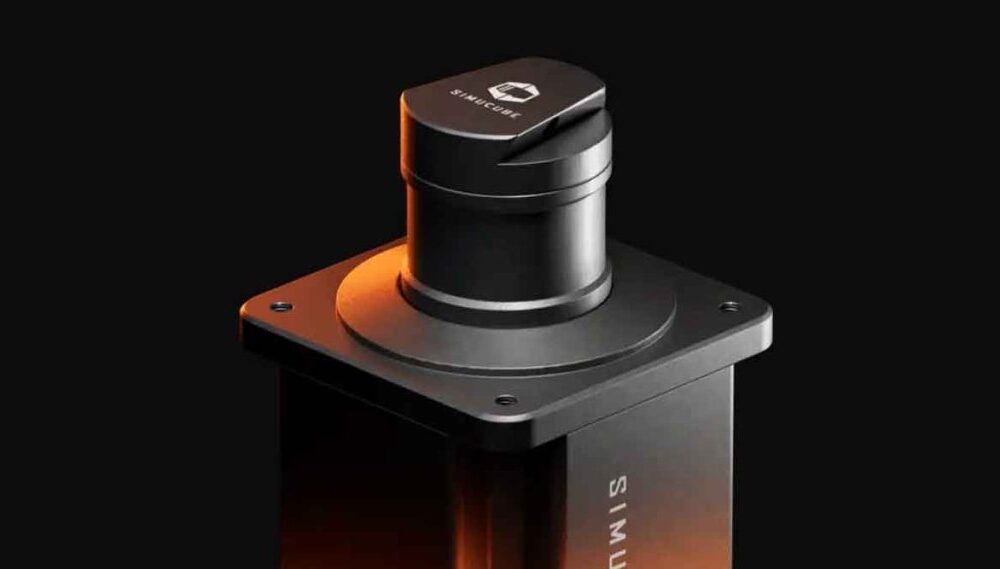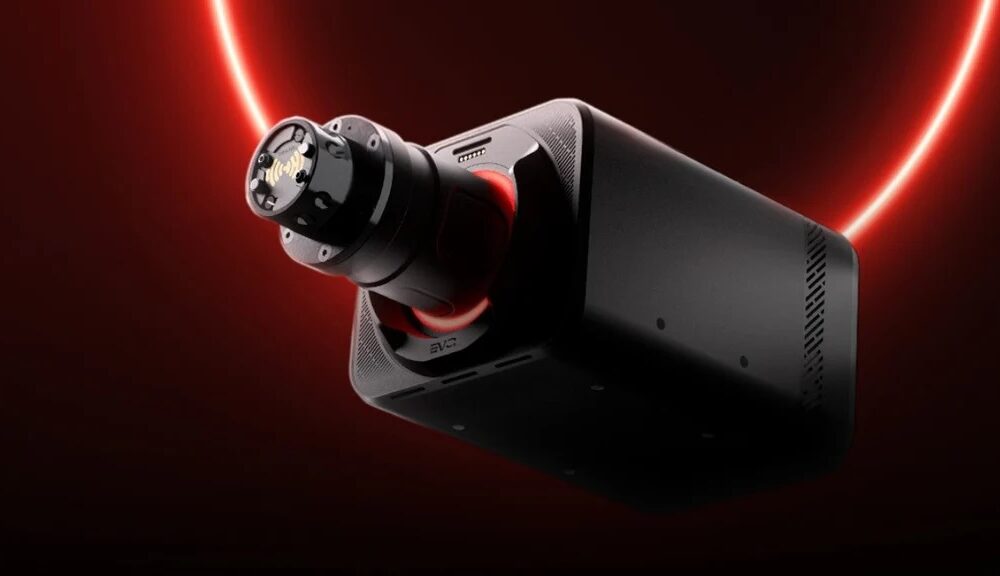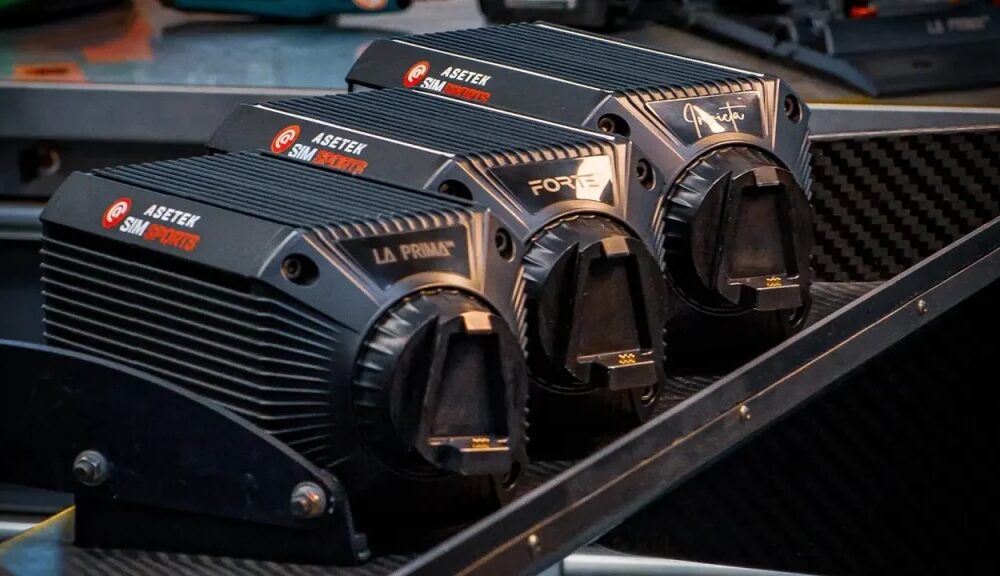iRacing is made up of a huge number of cars raced across multiple different series types over a large range of race distances. Races can be as short as 20 minutes or as long as 24 hours. Strategy isn’t essential in short race 20-minute races, but it can decide if you win or lose when it comes to longer races.
Tyre Management Strategies
It’s pointless being super fast early in a race. Still, you fall off the cliff due to poor tyre management and eventually finish in a much lower position than planned, or worse, make a pit stop when everyone else isn’t stopping.
Tyre Wear Management
iRacing uses an advanced tyre model that simulates tyre wear similarly to real-world racing. It’s, therefore, essential that you have a car setup that’s built specifically for the race and a separate one for qualifying. Coach Dave Academy supplies these types of setups for the most popular cars on iRacing that are tried and tested to give you the speed you need in qualifying and the consistency required during a race.
Locking up your brakes is one of the fastest ways to ruin your tyres and force you to pit earlier than planned. It’s very tempting to enter a corner as fast as possible and load up one tyre in the hope of gaining an extra tenth or so from pure, brutal cornering speed, but the offloaded tyre can lock very quickly, resulting in high wear.
It’s therefore of utmost importance that you develop a smooth driving style that reduces sudden changes in weight transfer to minimise the chances of a lockup. Heavy throttle application can cause the rear wheels to spin up, thereby increasing wear. This can be reduced by shifting up earlier than normal, with a smooth application of the throttle also being of benefit.
Turning your steering wheel too much can also overload the tyres and increase wear. This can be combatted by following precise racing lines and maximising the width of the track, thereby creating a wider turning radius and subsequently reducing tyre load.
The techniques we mentioned all form a smooth but fast driving style when performed together. You may not find it exciting initially, but it will be the most effective way to look after your tyres and give you the results you’ve been looking for.
Gain seconds in lap time with our incredible iRacing setups that include professionally developed setups and referance laps for every car available in the official weekly racing series that you can find on iRacing.
Tyre Compounds
Tyre compounds are essentially broken up into two main types: fast but quick to wear and not so fast but slower to wear. For example, a soft compound can be rapid early in the race but fall off in performance quite quickly towards the end of its life. A medium or hard compound will be slower than the soft during the early phase of a stint but will keep its level of grip for an extended period. There is, therefore, a tradeoff between grip levels and longevity, and the best way to know what works for you is to test, test, and test some more.
It must also be noted that in endurance racing, pit stops for tyres can be the deciding factor between winning and losing, and it’s therefore critical that you are fully aware of how far you can run a set of tyres.
Planning Tyre Stops
Take the European Sprint Series, which is one hour long and includes one compulsory pitstop. You don’t need to change tyres during this stop, but you will have to refuel. You could change tyres, but that just increases the time in the pitlane, thereby costing you track position over drivers that keep their older tyres.
This strategy becomes even more important over longer races. When you share a car during six-hour team-based races, double-stinting a set of tyres is the way to go. You not only reduce your pitstop time, as mentioned earlier, but you will also need to look after your tyres to make sure that can get them to last two full stints. This time saving over a six-hour race adds up quickly and can make a huge difference in your race result. Some series limit your tyre sets for the race, so you may need to employ this type of tyre management just to reach the end.
Fuel-Saving Strategy
Saving fuel over a race that’s one hour or less makes very little difference and is essentially pointless. However, fuel saving over longer races is critical and essential for a potential race-winning strategy. Certain series on iRacing even have smaller fuel tanks than expected which were done deliberately by iRacing to force pit stops and reduce the on-track speed advantage of typical cars like prototypes.
One technique that’s quite effective for fuel saving is to lift and coast. This method involves lifting off the throttle, ideally at the end of a long straight well before the normal braking point. The car’s engine braking will slow the car down quite a lot, and you will then need to brake for the final part of the braking zone. Since you will be off the throttle for a good section of the track, the engine consumes less fuel with minimal time loss. The fuel saving isn’t much initially, but it adds up over a race distance.
Fuel saving can help sync your fuel stops with your tyre stops and, if you plan correctly, may even save you one pitstop. A pitstop takes up a massive amount of time, and the time loss from lifting and coasting, if done correctly, can compensate for this and give you a potential winning advantage.
A Basic Example of a Pit-Stop Strategy
The IMSA iRacing Series is a forty-five-minute race but take the BMW LMDh, for example, which has a fuel tank that isn’t large enough to go the entire distance without stopping. A good strategy here would be to start the race with a full tank, run till it’s empty and take on enough fuel during the compulsory stop to get to the end.
This means that you will stop at approximately 65% race distance, refuel, keep the old tyres and run to the end with a car that is lighter than at the start, but with older tyres. The time loss incurred when changing tyres cannot be offset by the speed gained from the fresher rubber when on track. You could also try running less fuel at the beginning, but you won’t have the advantage of a lighter car at the end combined with a track that will be rubbered in.
Helpful tools
There are quite a few tools available that can help you before a race, during testing and during the race to ensure that you maximise every opportunity to get a race-winning strategy. iRacing, by default, doesn’t have a very accurate fuel calculator, and the method used to tell your pit crew what you need to be done at the next stop can also be quite fiddly.
Coach Dave Delta
AI Coaching that actually works
Don't get lost in the data, instantly unlock lap time using our new real-time Auto Insights coaching. Elevate your braking, apex, and exit performance in record time.
Crew Chief
The Crew Chief app is typically used for providing a virtual race engineer that will give you information like lap times, track temperature changes, yellow flag warnings etc. However, you can also add a second spotter voice that will warn you when there’s a car close to you to help with overtaking safely.
There is also the option to use the app to plan pit stops so that your iRacing pit crew will know exactly how much fuel you will need at the next stop, as well as if you need your tyres changed or not. The app can be voice-controlled so that you don’t need to take your hands off the wheel and try to press buttons on your keyboard.
RaceLab
This app provides a set of beautifully crafted overlays showing you a wealth of information. One overlay that we highly recommend is the fuel calculator as it shows your usage per lap and the potential pit stop window making it very simple when planning your strategy.
Your Teammates
This is not our subtle way of calling your teammates a bunch of tools but is an actual, valuable asset in team-based racing. While you are on track, it’s far more effective for you to be focused on driving and have some spare capacity to avoid incidents and other unplanned events than worrying about when to stop and how much fuel you will need at the next stop. This is where your teammates come in.
iRacing has a very helpful spotter interface that your teammates can use to allow them to act as your spotter and your race engineer. They can plan and set up your pitstops for you by informing your pit crew of your needs. They can also monitor gaps in traffic to try and find the best time to stop to give you a chance to exit the pits in clean air.
Final Thoughts
No matter what your race, regardless of the race distance, a strategy is always needed. Even though a twenty-minute sprint race may require very little strategic planning, you still have to be aware of, for example, what the car will feel like on low fuel and worn tyres towards the end of the race. This handling change can be completely different when compared to having fresh tyres and a full tank.
This example can be amplified when you consider all the permutations that must be accounted for over a six-hour race or even a twenty-four-hour race. Endurance racing requires lots of planning and testing as well as the combined efforts of a team of drivers using various tools and resources to achieve a good race result.
We touched on specific aspects of race strategy in iRacing, but there’s so much more that you will need to know that can only be understood by getting on track and driving. For example, entering the pit lane as fast as possible right up to the speed limiter line without getting a penalty can save you precious seconds but can only be learned by experience. However, we hope the topics we covered will put you on the road to becoming a complete iRacing driver.
Gain seconds in lap time with our incredible iRacing setups that include professionally developed setups and referance laps for every car available in the official weekly racing series that you can find on iRacing.







